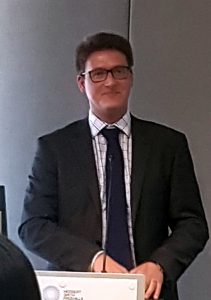Coincidentally, as an article about quad bike safety was being uploaded to this blog, details of the release of Tasmanian coronial findings were received. The findings were released by Coroner Simon Cooper on August 25 2017 and were not reported widely.
The Coroner investigated seven deaths related to quad bikes but only two occurred on workplaces or as part of performing work – Heather Richardson and Roger Larner. Curiously, WorkSafe Tasmania did not investigate these work-related deaths. Continue reading “Tassie Coroner releases his safety findings on 7 quad bike deaths”






